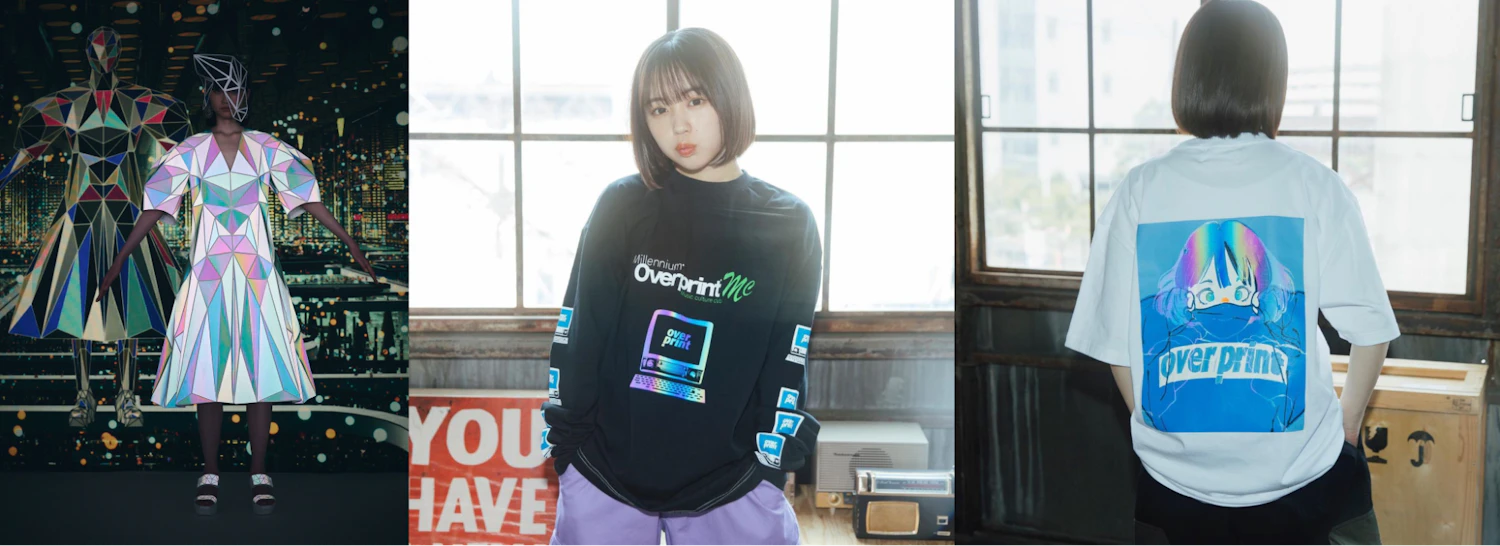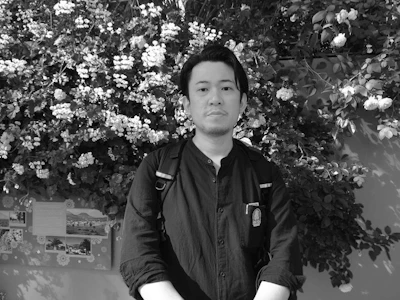12.29MON
Exploring the Future of Reflective Materials: ANREALAGE & LIGHT FORCE

When you hear 'reflective materials', the first thing that often comes to mind are those used for safety purposes, such as preventing nighttime accidents. In recent years, we've also started to notice an increase in their use during nighttime sports activities due to the rise in health consciousness. Amongst these, the material used in ANREALAGE's 2022 Spring Summer fashion show was 'LIGHT FORCE', a reflective material that glows brightly, resembling an aurora.
How was this 'show-stopping' reflective material born, and what future does it aim for? We had the chance to speak with Kengo Amemori, the director of the company Marujin, which is behind the creation of LIGHT FORCE.
PROFILE

Kengo Amemori
CEO of Marujin Co., Ltd. and a reflective clothing researcher.
Dropped out of Fukui University of Technology in 2001 and joined Marujin Co., Ltd. in 2002.
He has been researching and promoting the use of reflective materials, mainly in apparel, art, and entertainment. He is always looking for collaborators to use reflective materials. His hobbies include crafting with reflective materials and online gaming.
Exploring Casual Wear
Our company was founded by my father in 1984, and I am the second-generation owner. Fukui is a city with many textile-related businesses, and my predecessor was an employee at a nearby textile company before starting this business. Initially, we were engaged in creating printing plates for what is known as 'direct print' and 'silk print', which is a method of printing on clothes.This article is for members only.
Please register to read the rest of the article.
What you can do with a membership
- Read members-only articles
and use text-to-speech. - Unlimited article favourites
and browsing history. - Attend members-only events.
- Get the latest information
with our email newsletter.
CONCEPT VIDEO
"fashion tech news" Unveils New Logo & Concept Video
TOP ARTICLES
RELATED ARTICLES
CONCEPT VIDEO
"fashion tech news" Unveils New Logo & Concept Video
CONTACT
If you have any questions or enquiries, please enter your details in the form below.

















.png?w=400&fm=webp)

